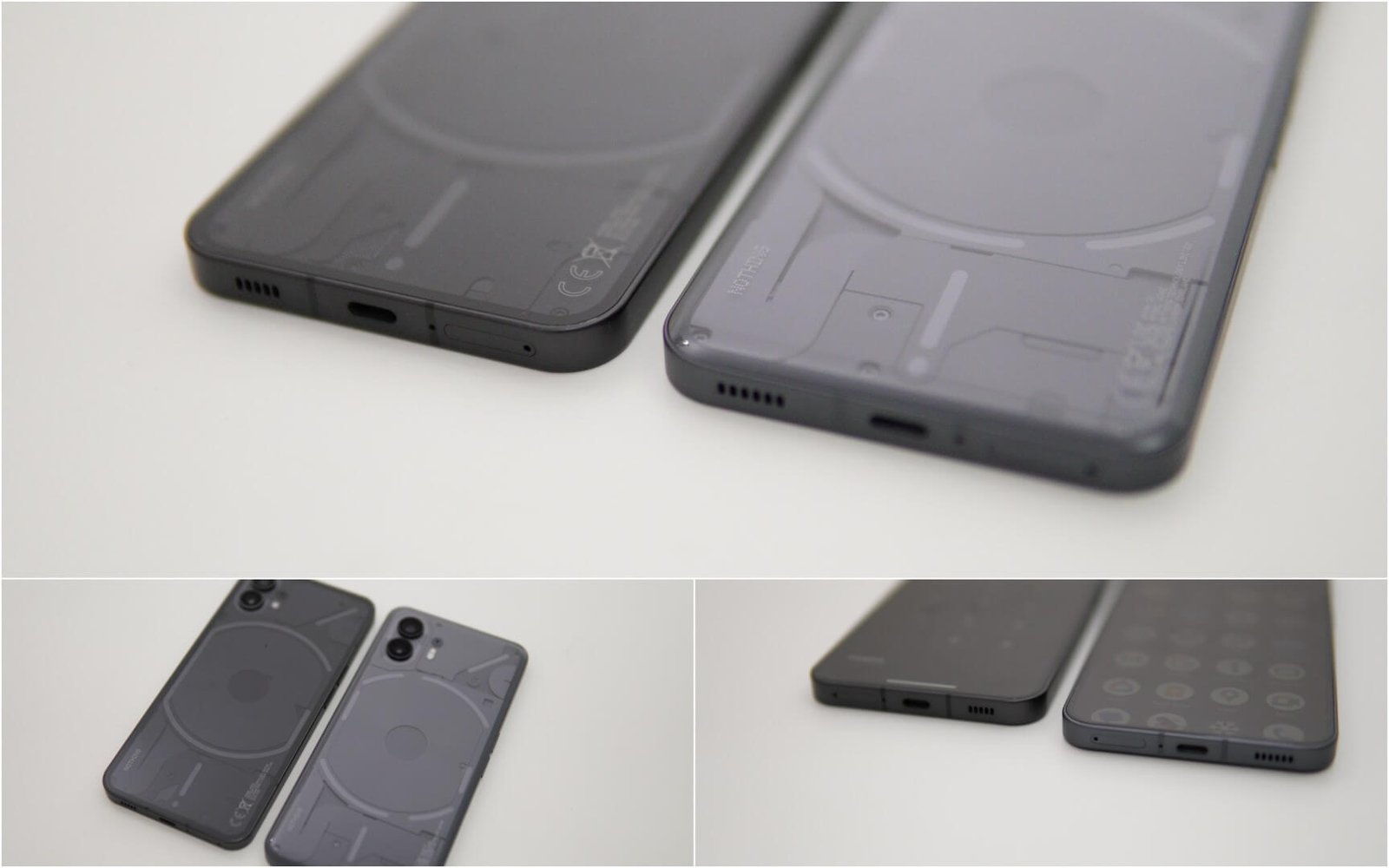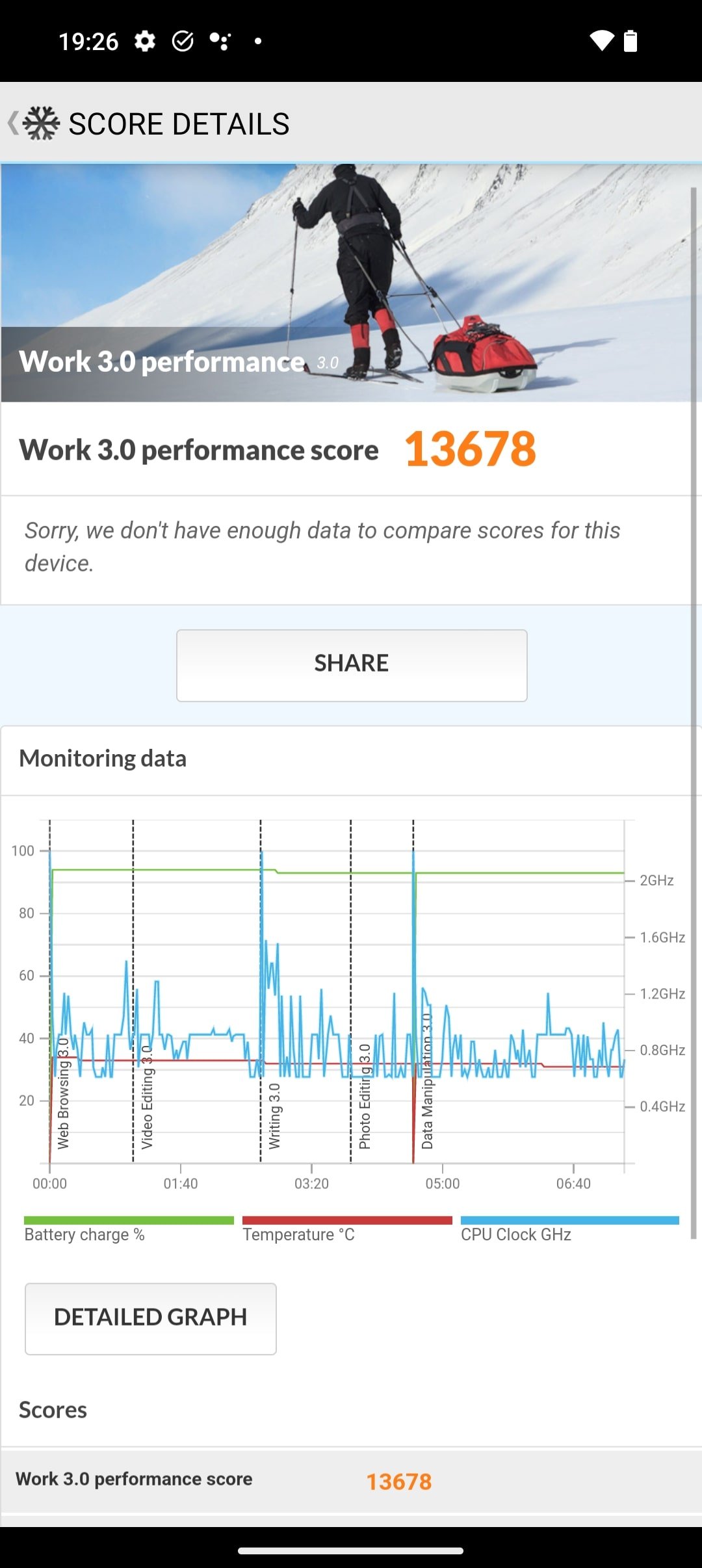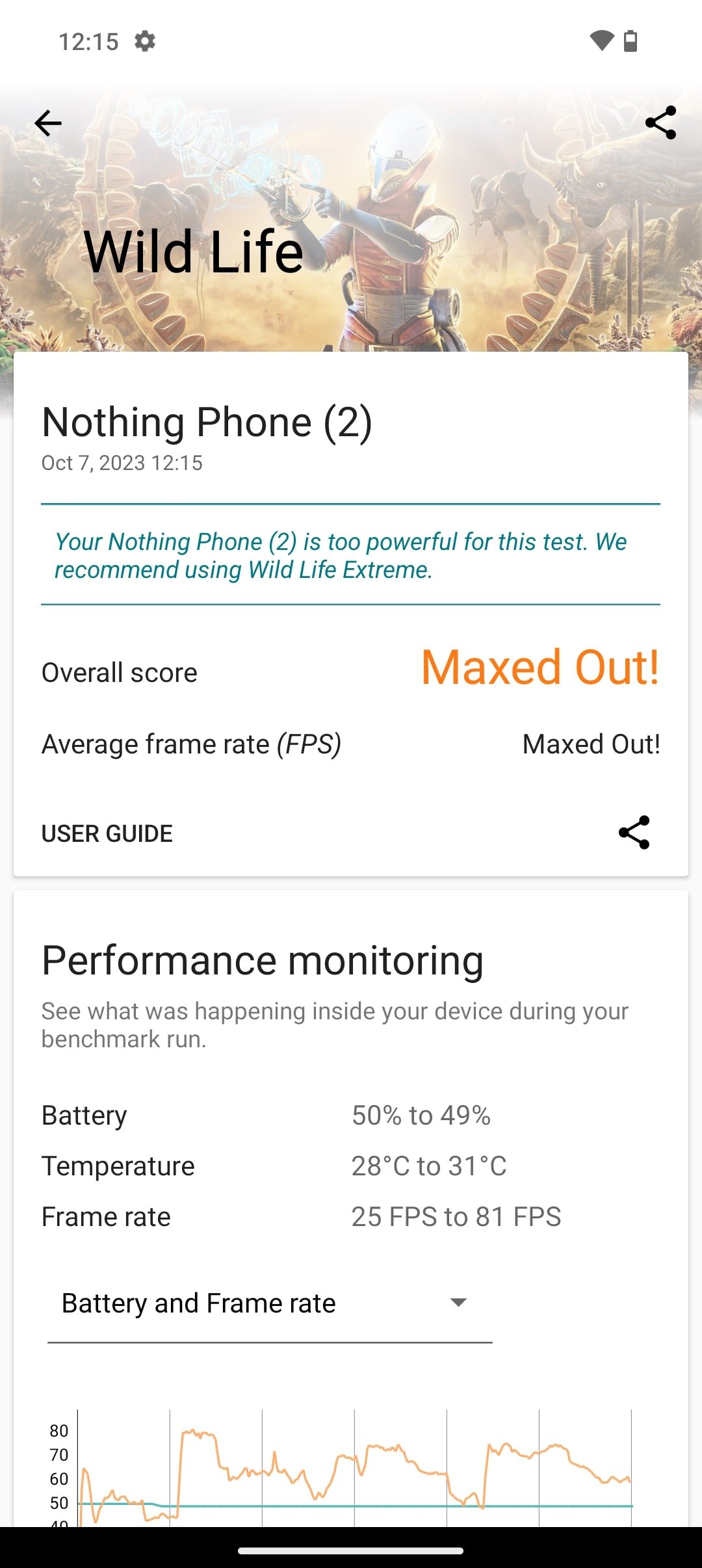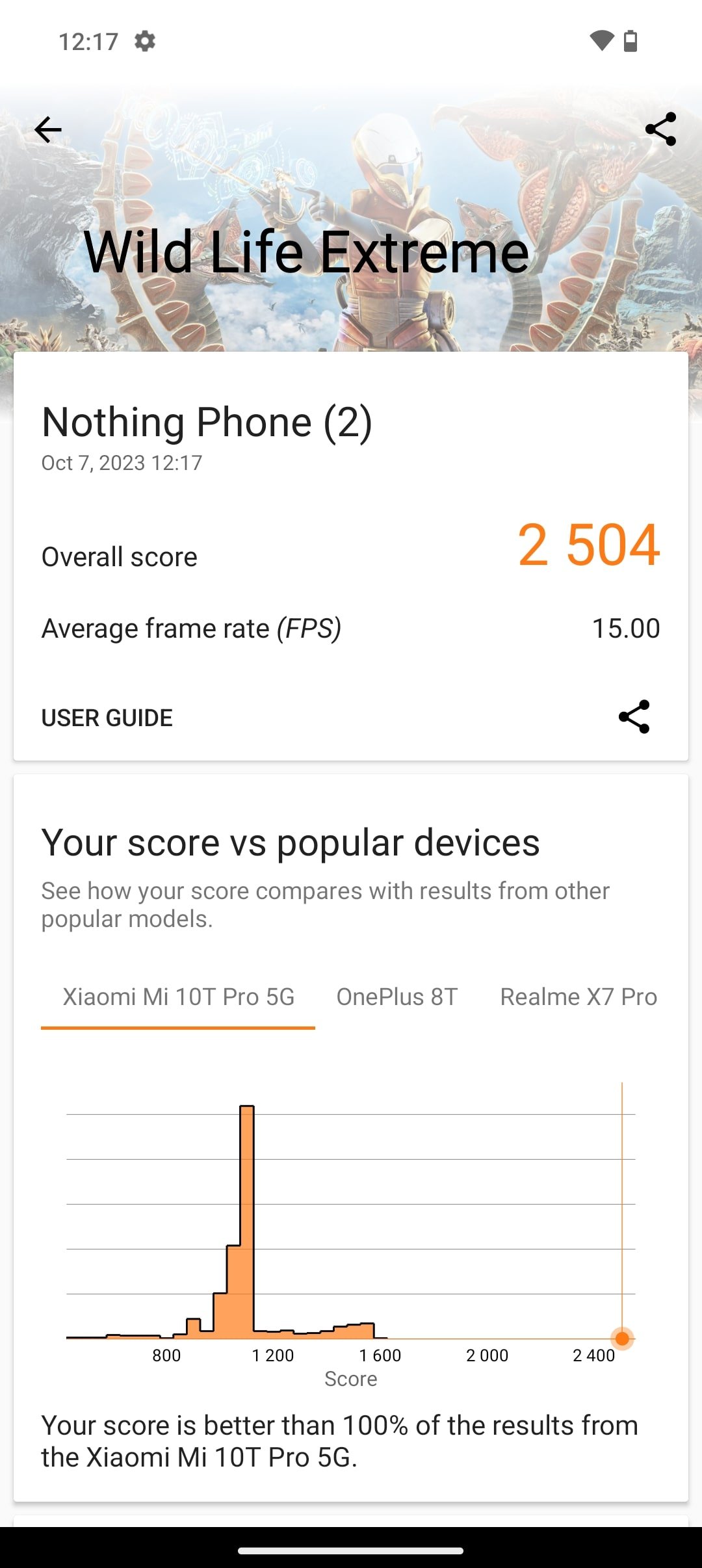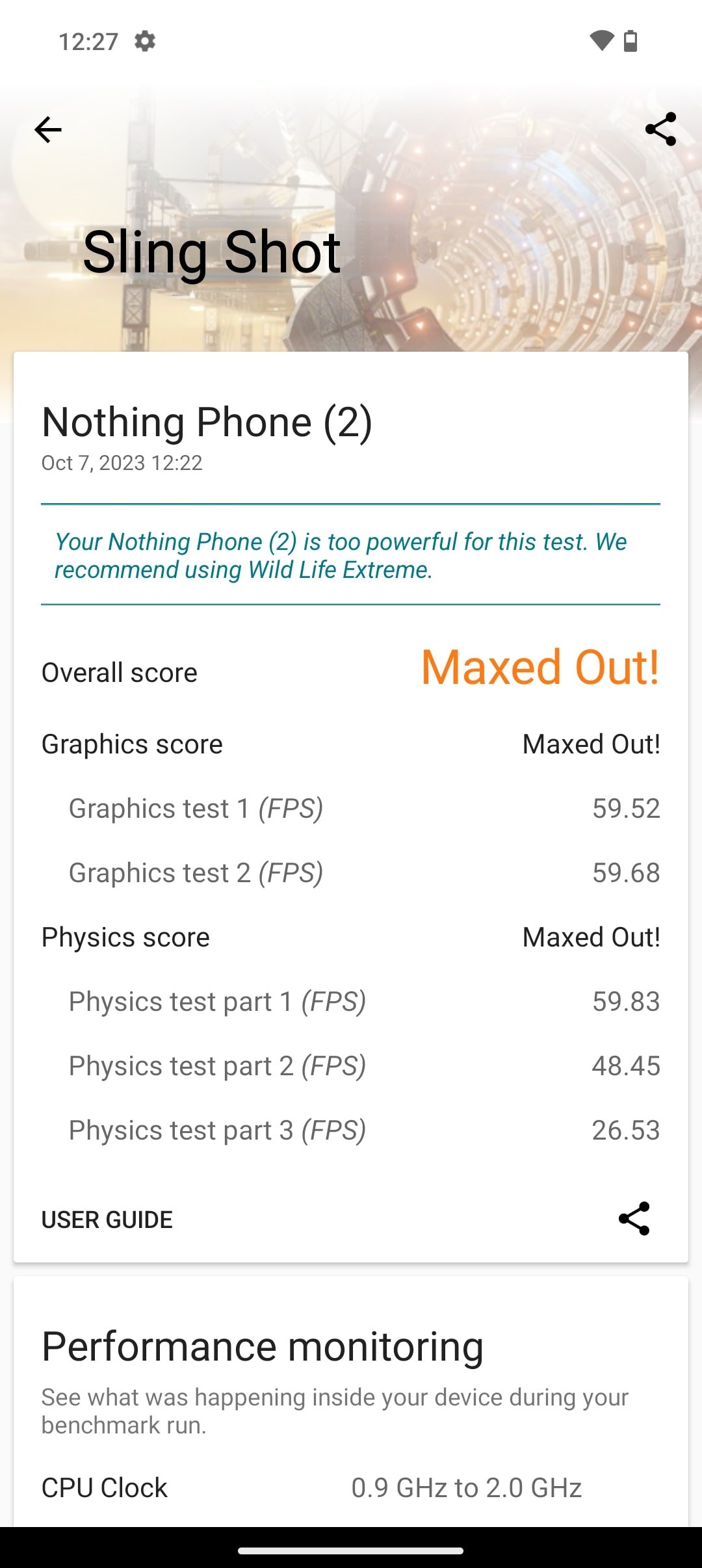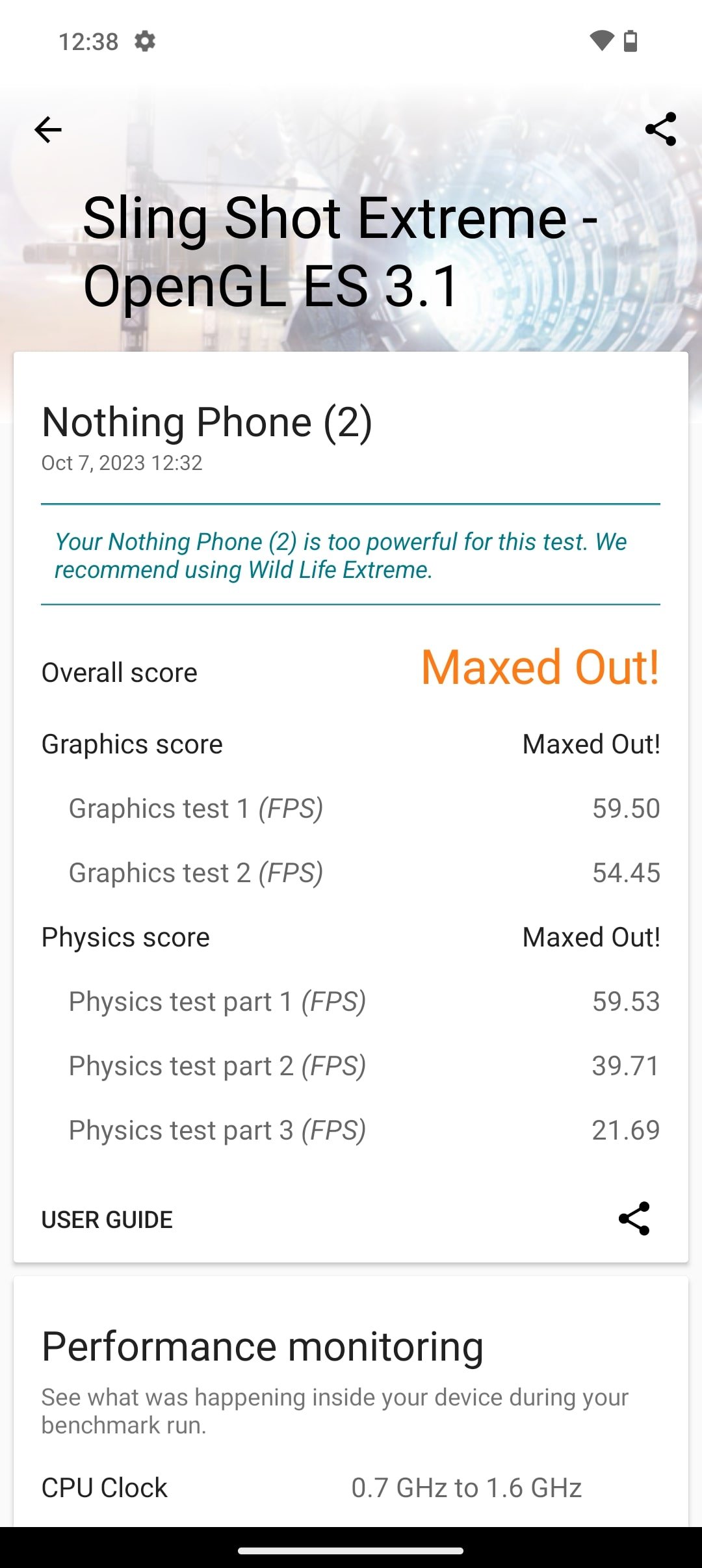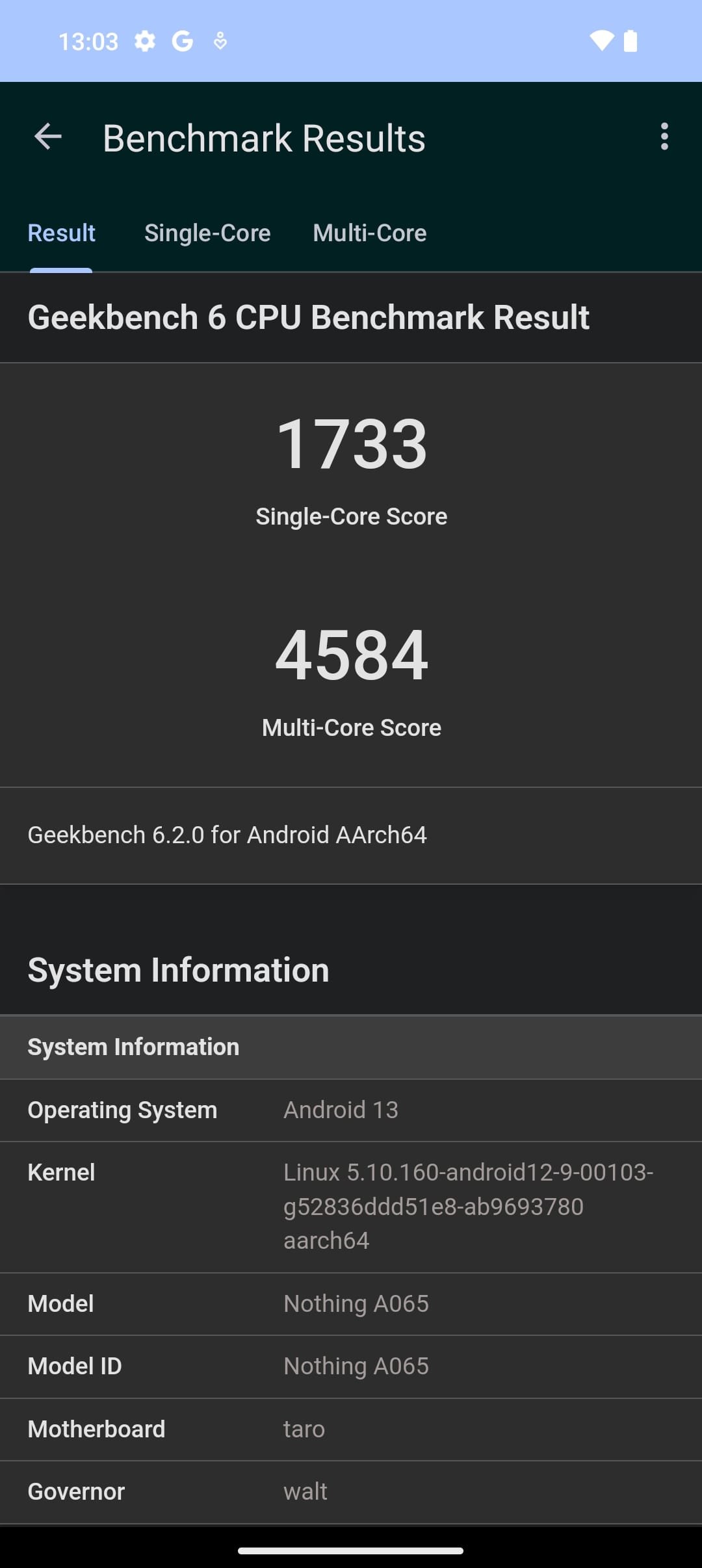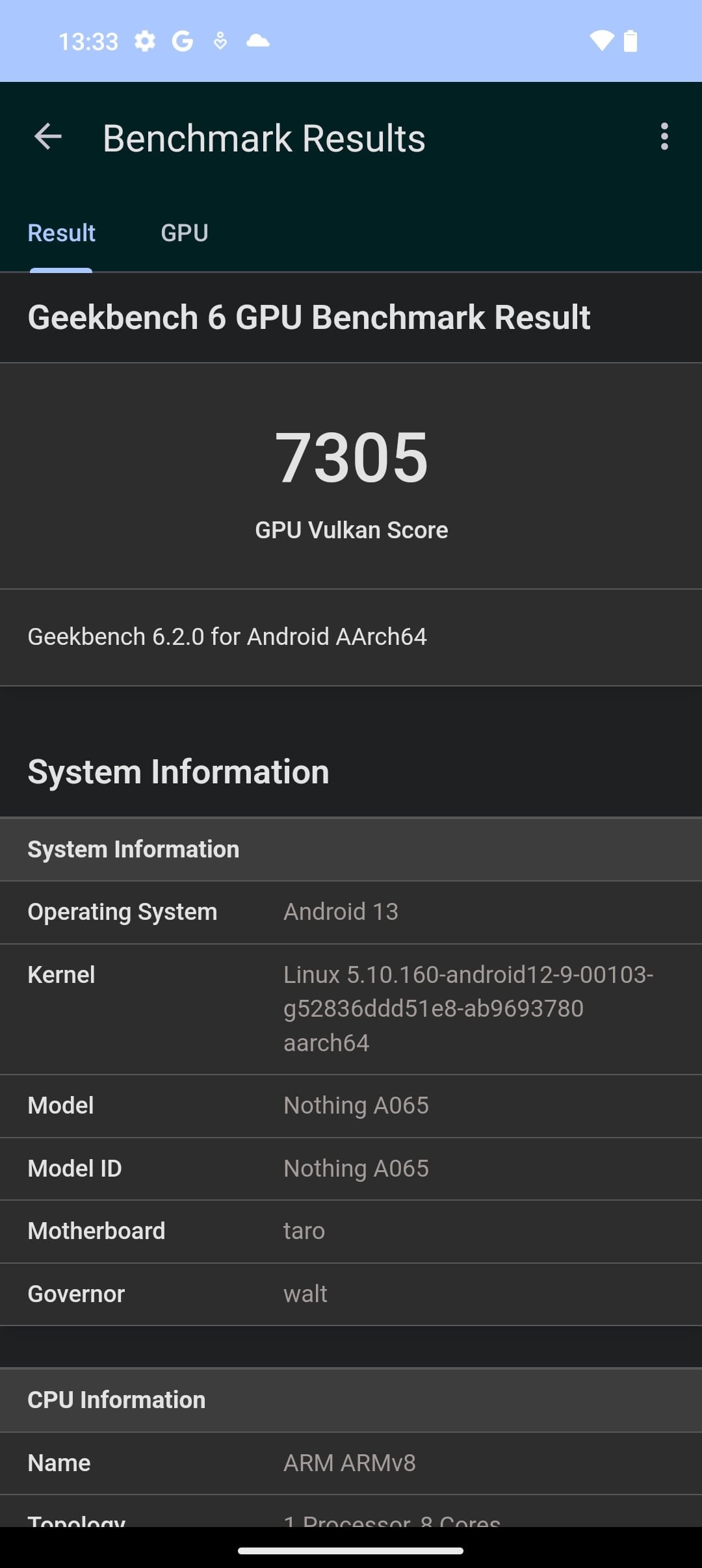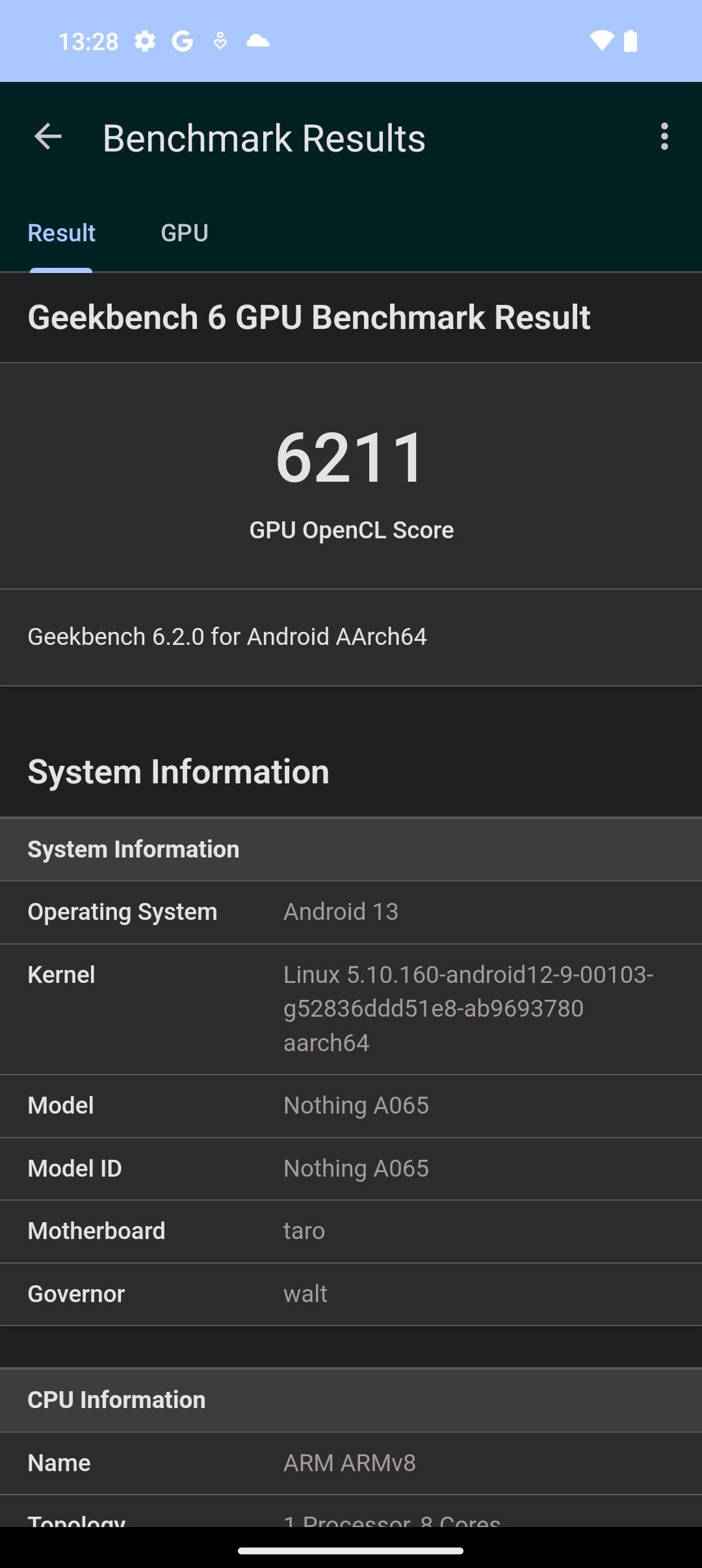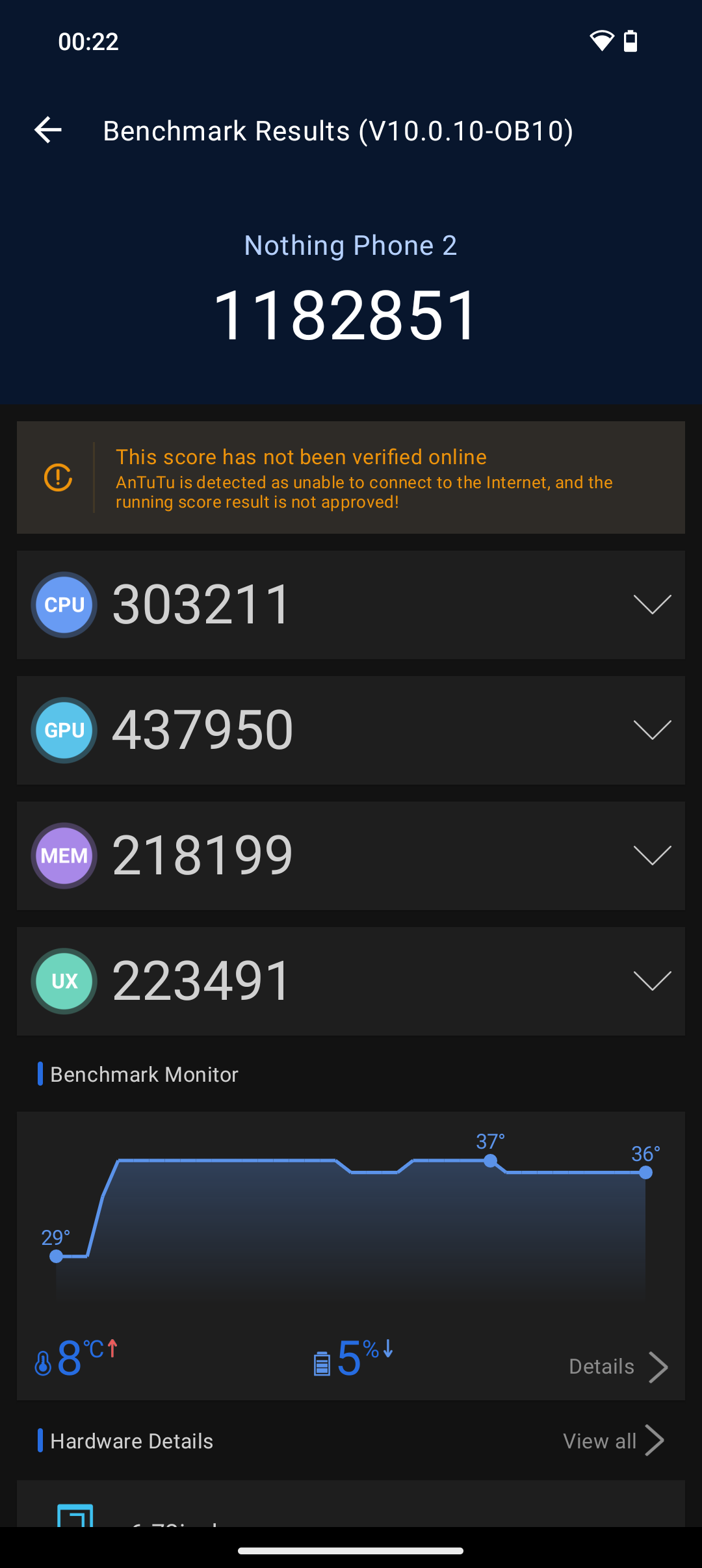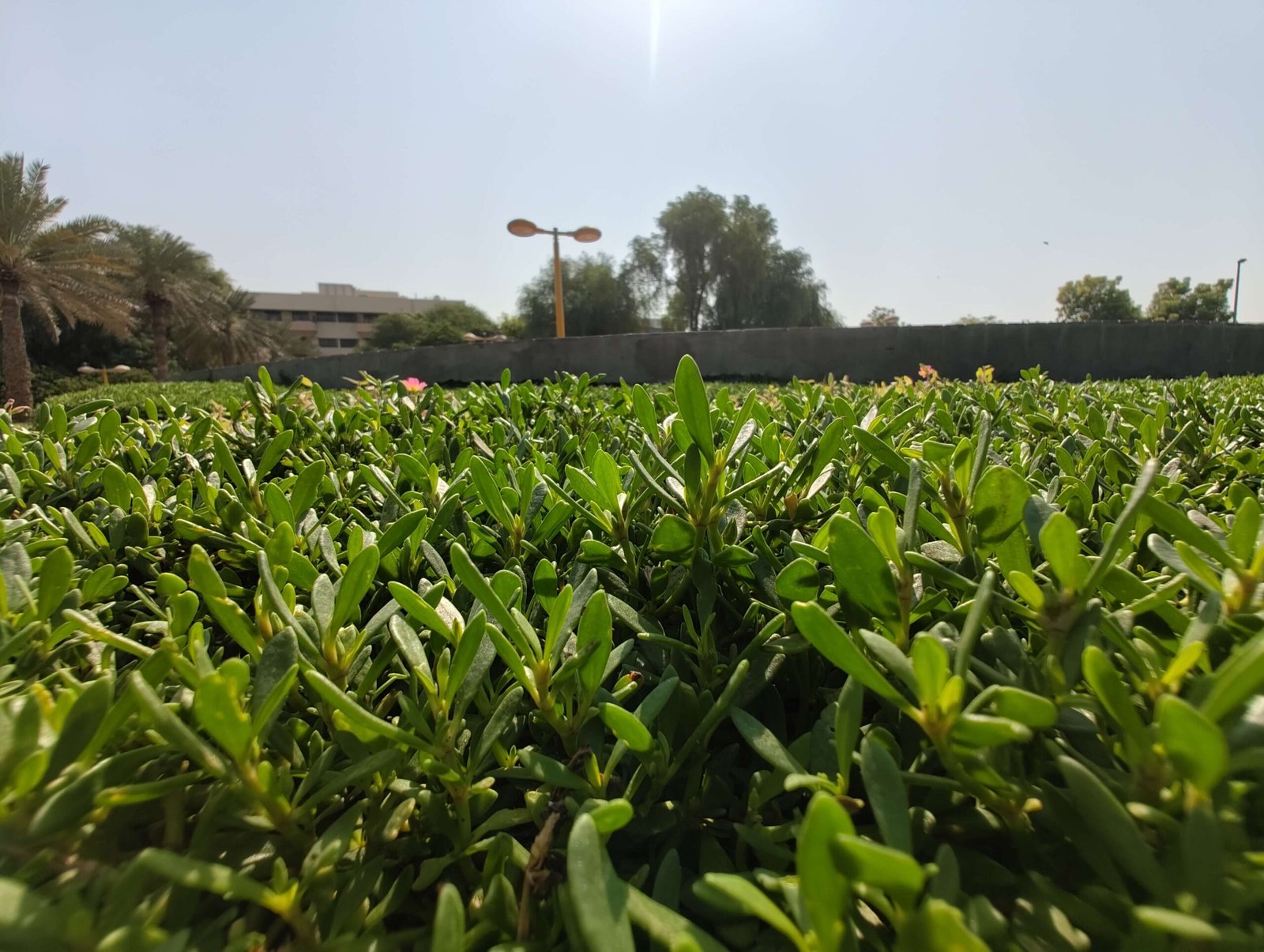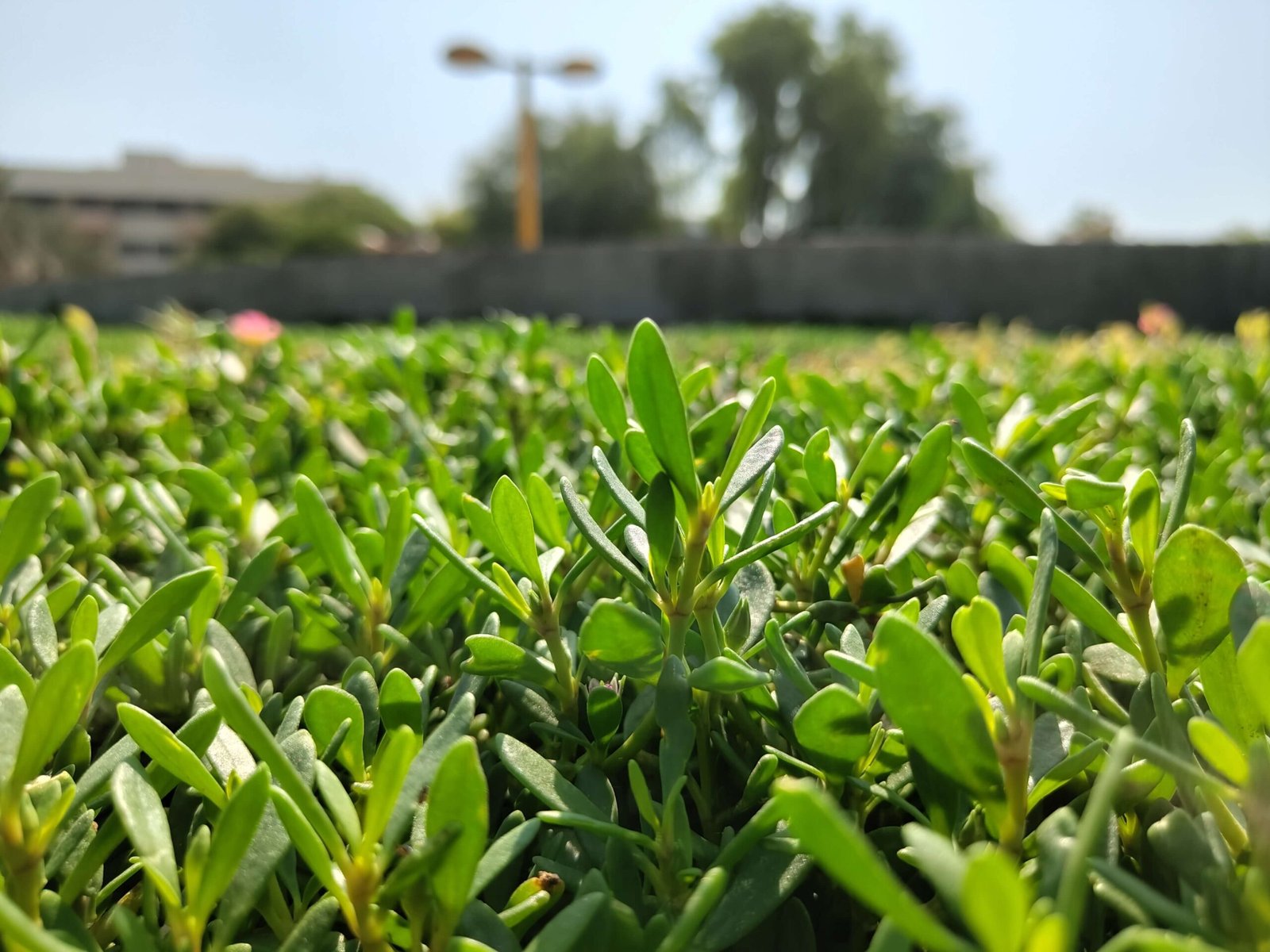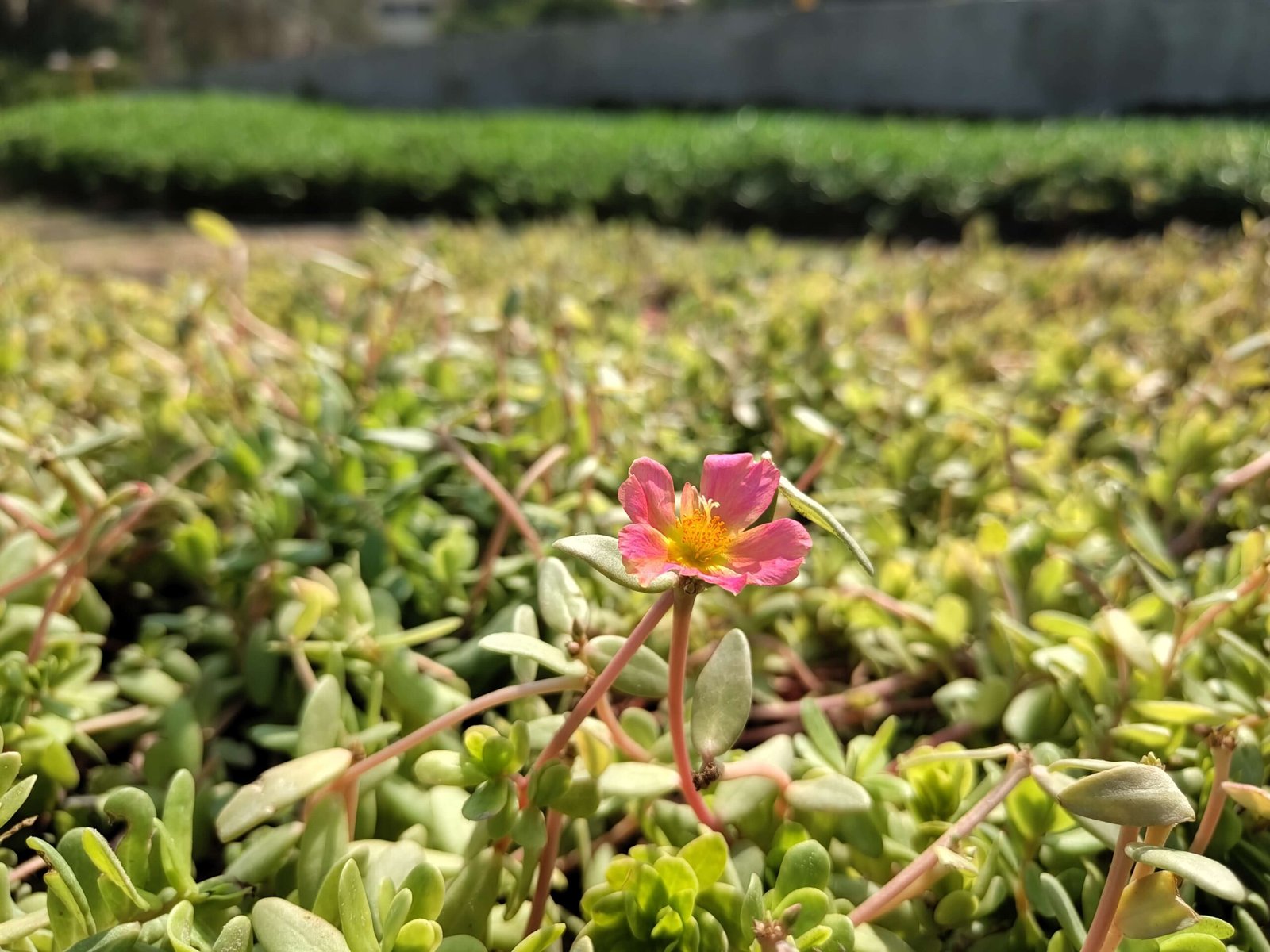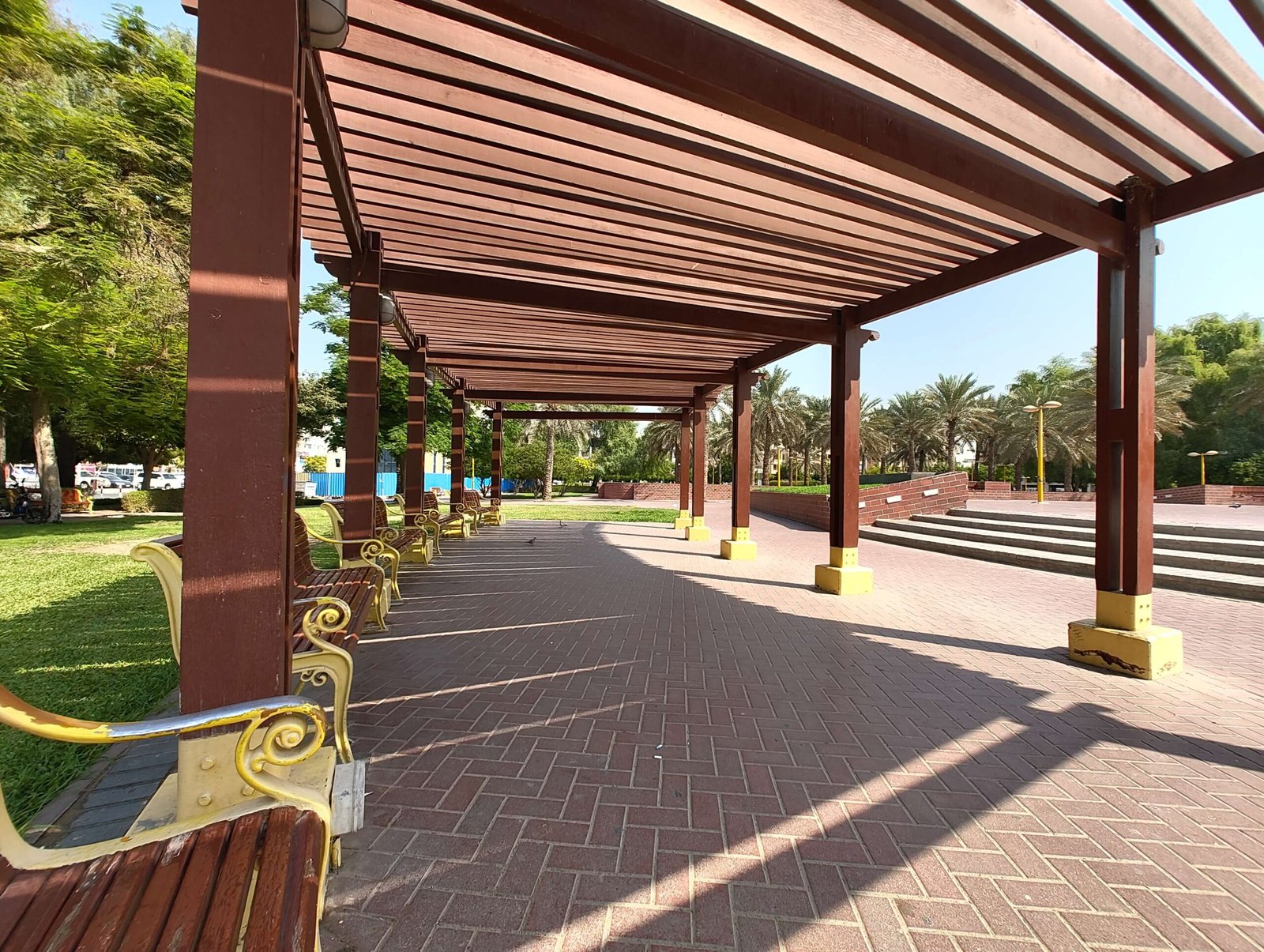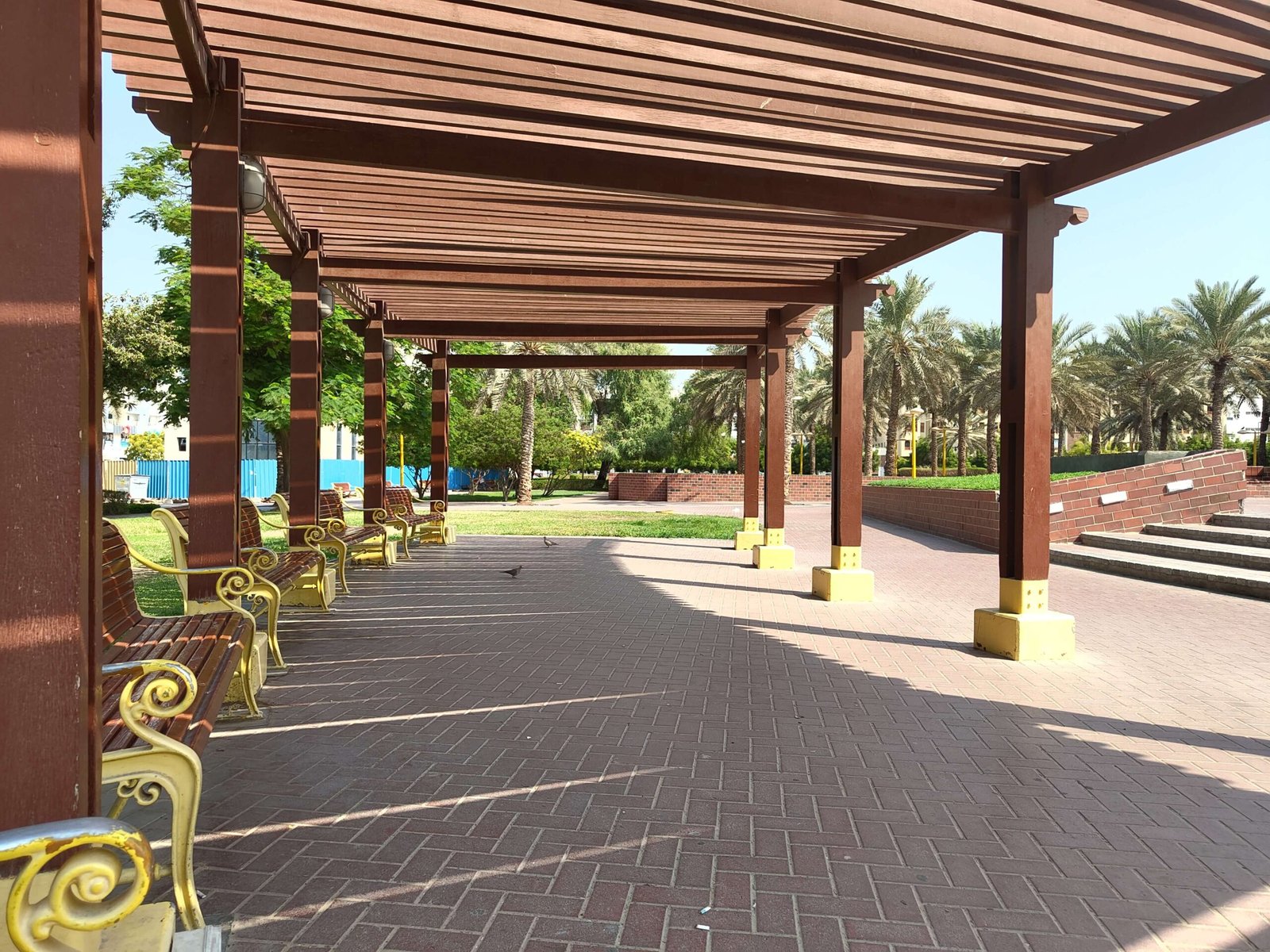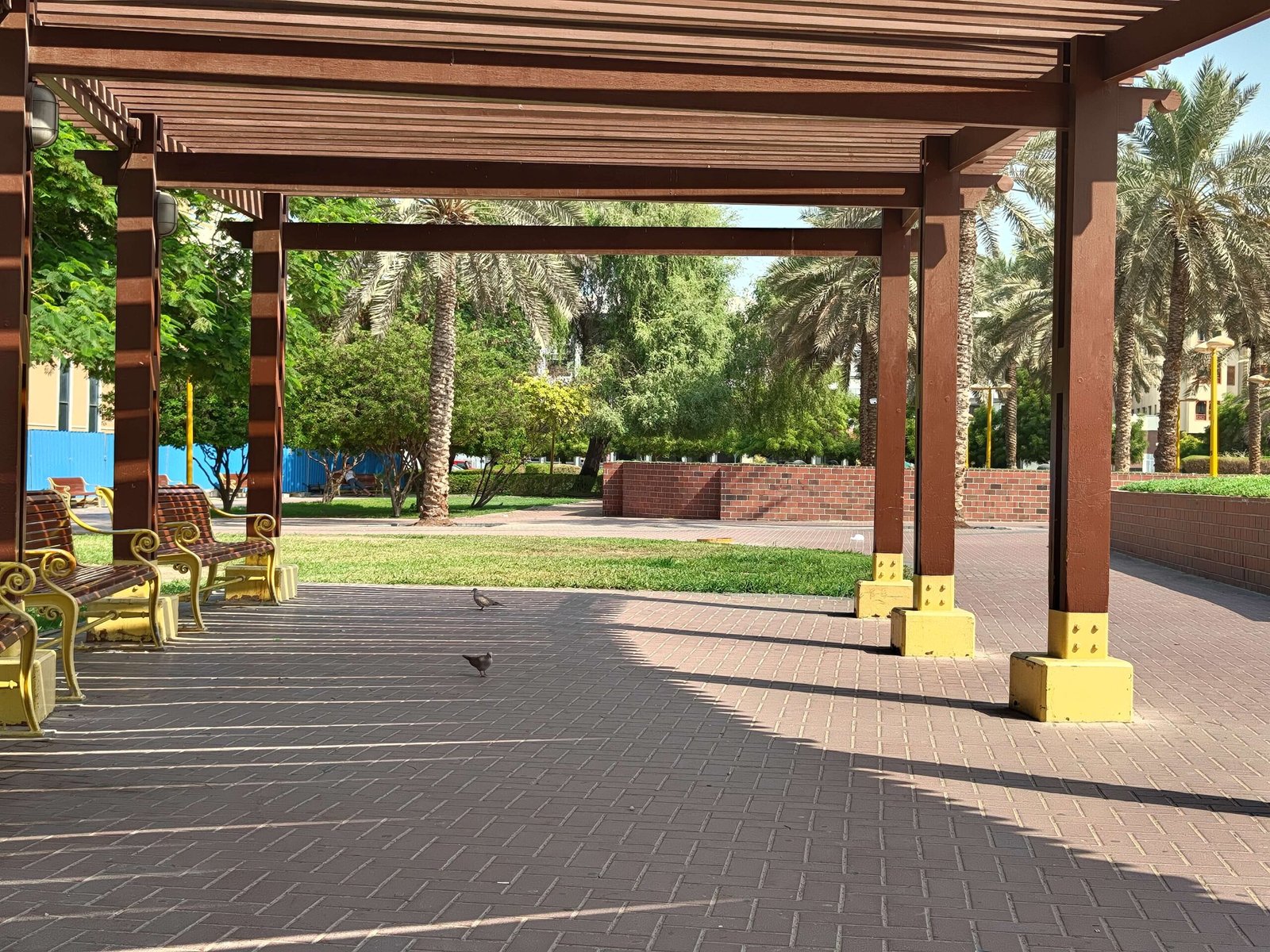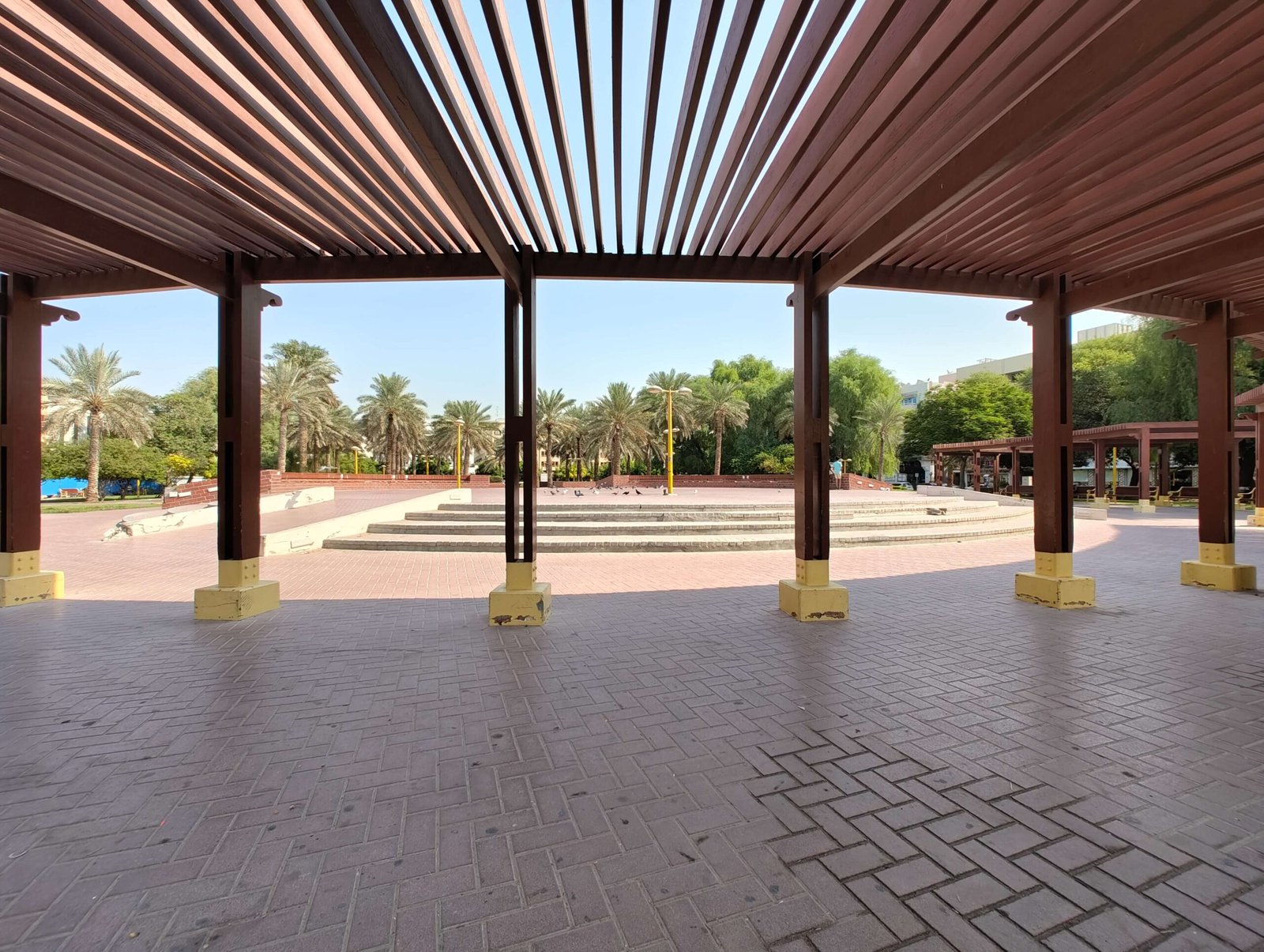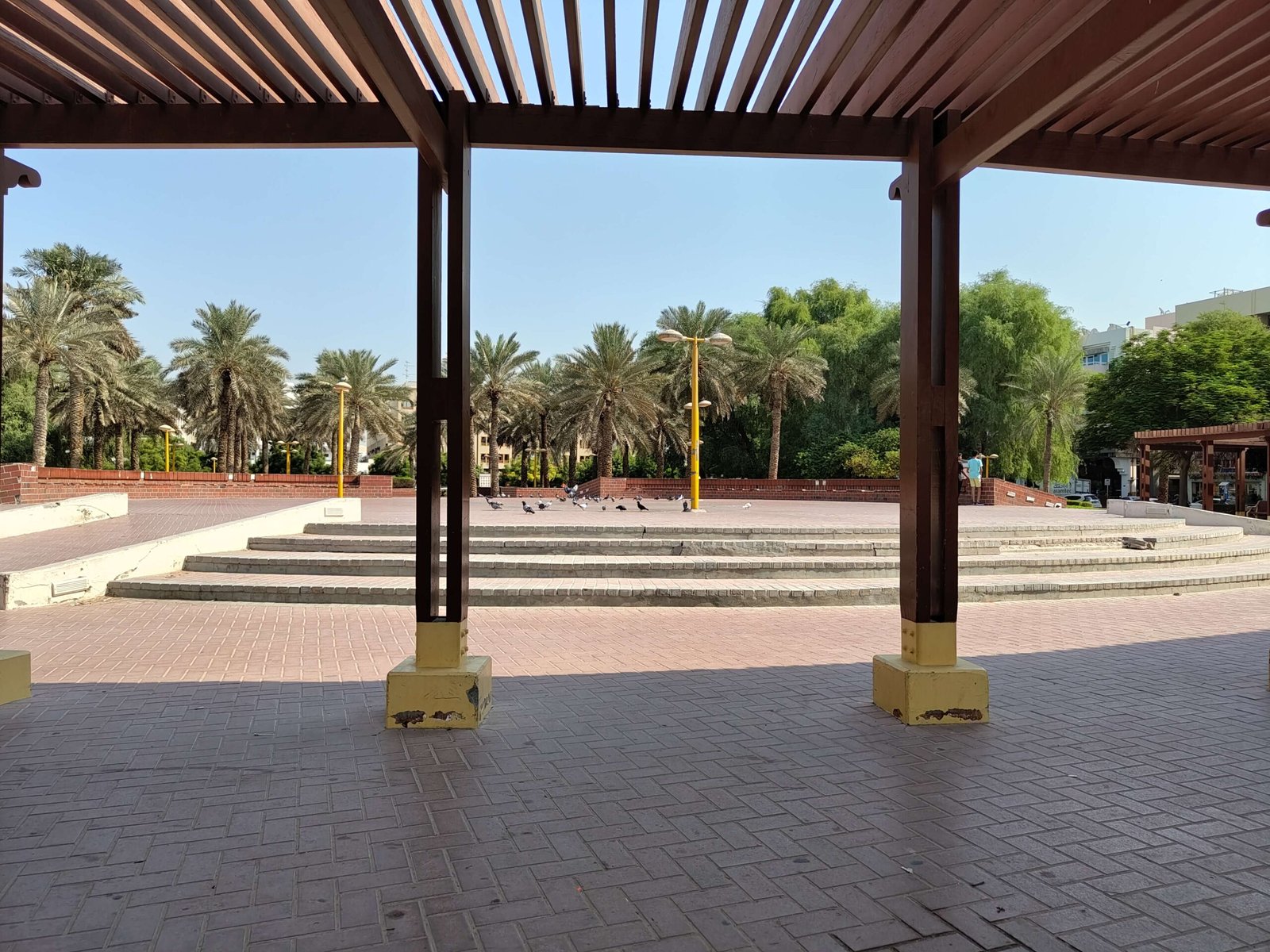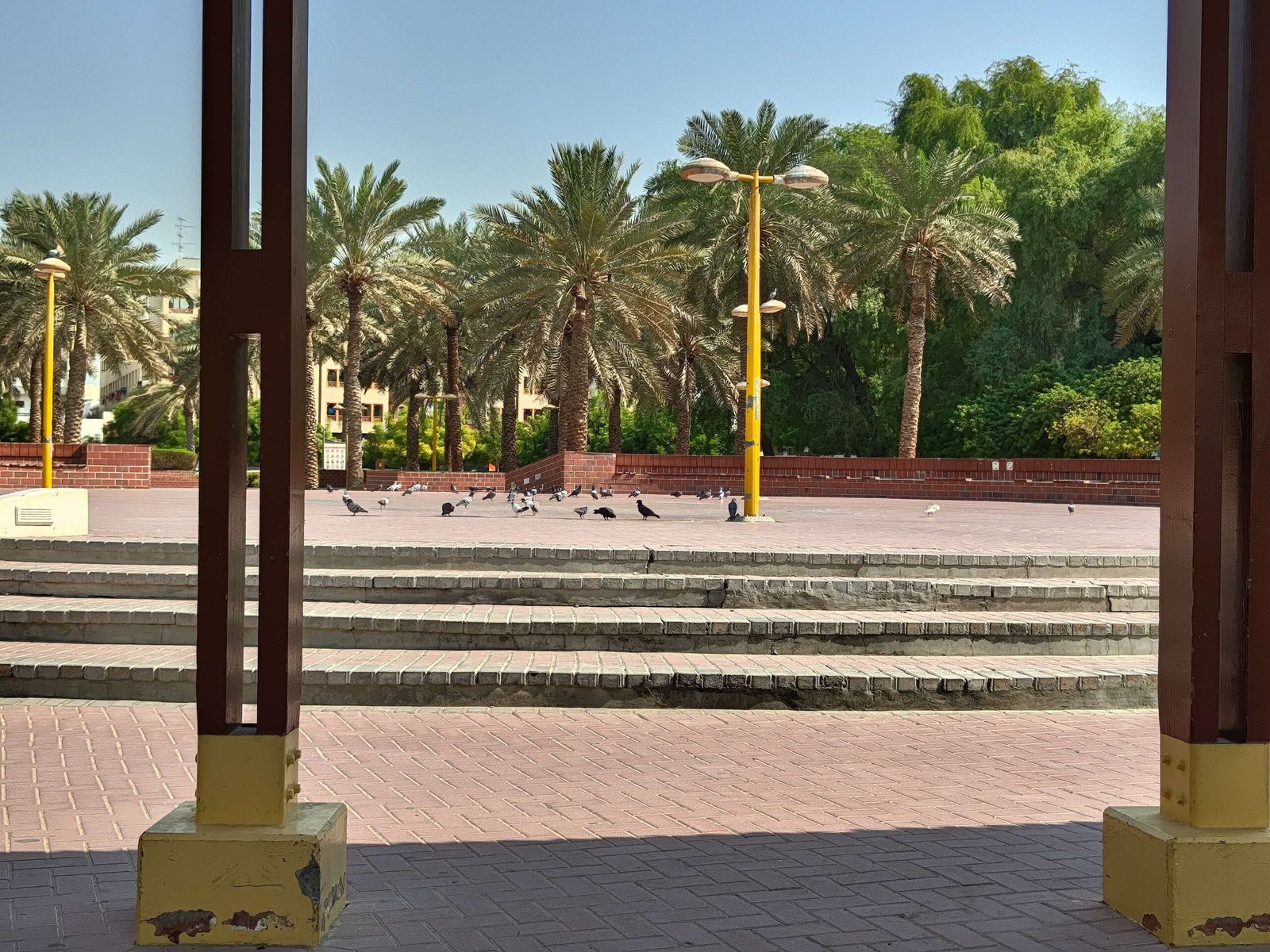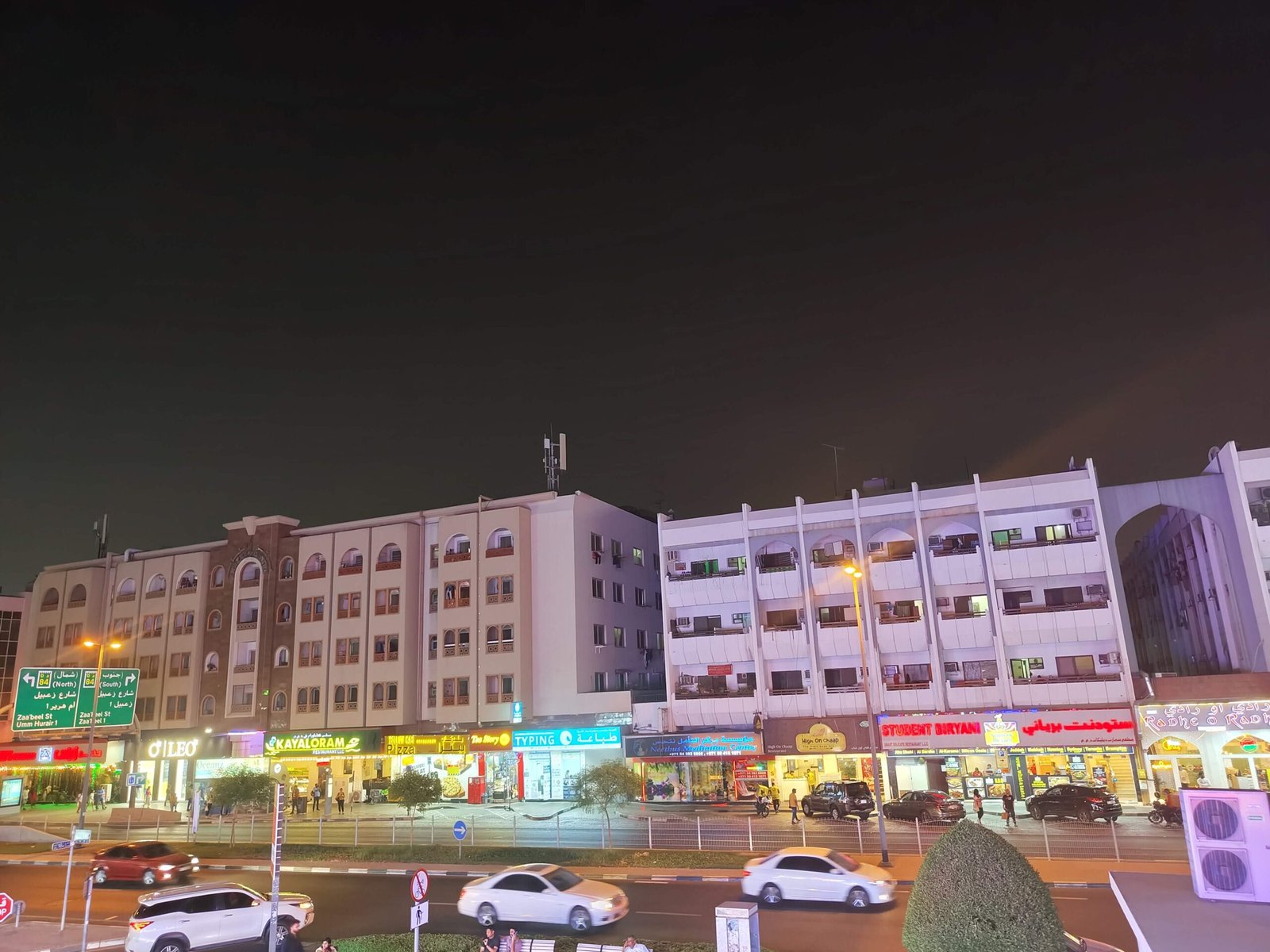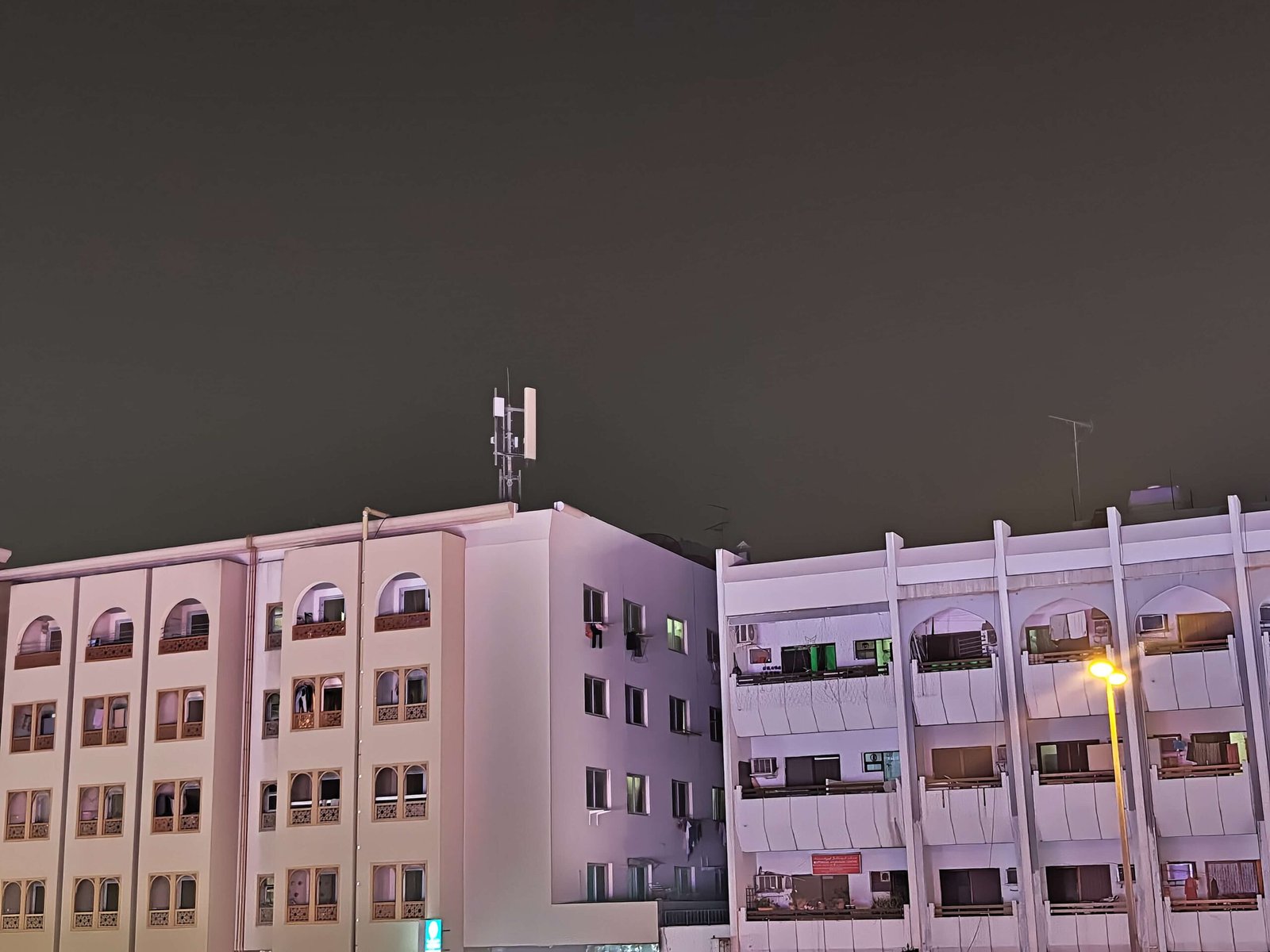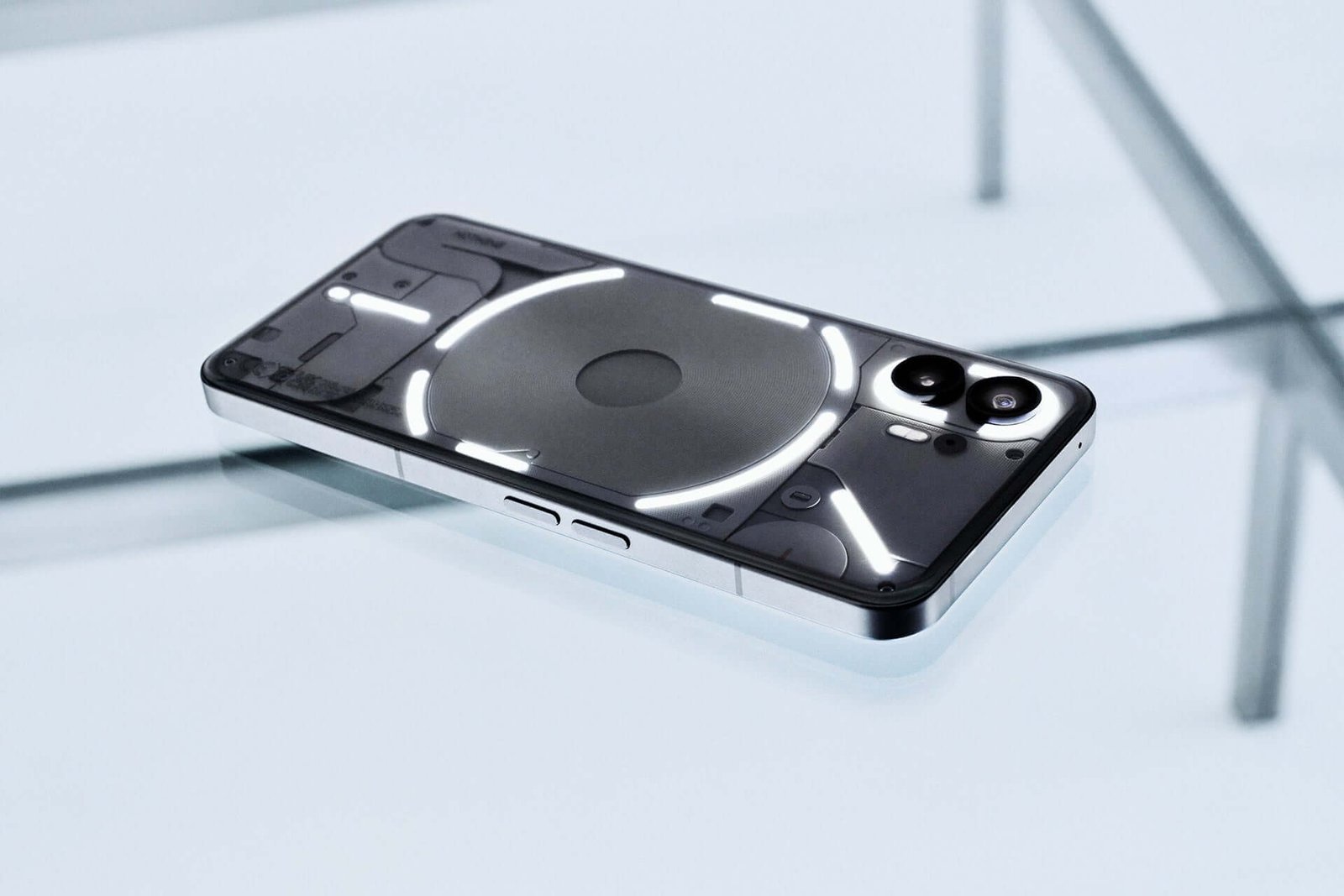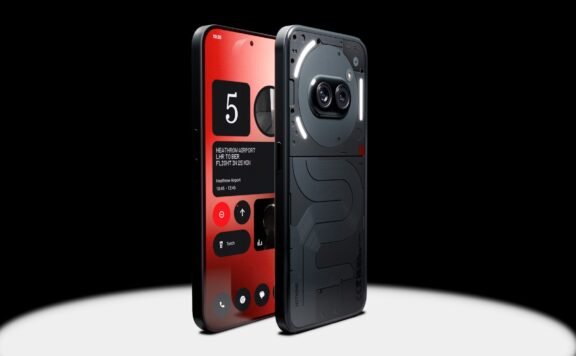It was over a year ago when the first-generation Nothing Phone was announced, a smartphone that was unique not only for its name, but also for its user interface, performance, and Glyph lighting system. The company has now released the Nothing Phone (2), featuring flagship chipsets for better performance, enhanced camera quality, improved glyphs lighting, and more. Here are our thoughts about the new device.
Design
While the new Nothing Phone (2) appears to be very similar to the previous generation, there are some changes with respect to design. For starters, the display has received a slight increase in screen estate, and now it’s a 6.7-inch OLED panel. The screen resolution also gets a slight bump to 1080 x 2412 pixels, while the 20:9 aspect ratio remains the same. The display is also protected with Corning Gorilla Glass.
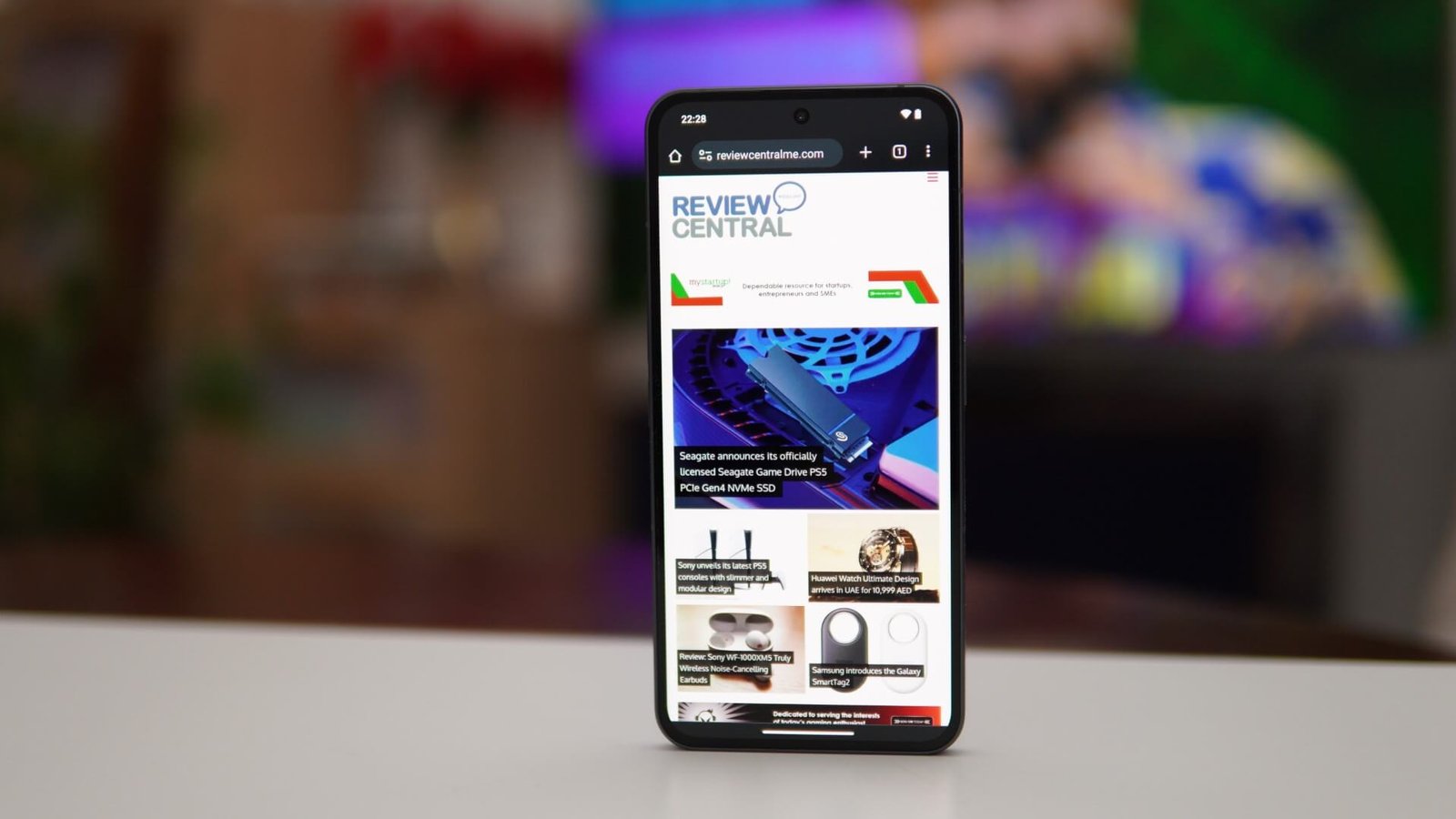 And thanks to the OLED panel, the contrast ratio is 1,000,000:1 for those deep blacks. The 120Hz refresh rate complements the OLED panel for smooth visuals, along with the 240Hz touch sampling rate. The OLED panel is also capable of hitting 1000 nits of brightness, which should be visible under direct sunlight. The screen also houses an under-display fingerprint scanner. The HDR pixel brightness boosts the brightness further, up to 1600 nits. The Nothing Phone (2) is 8.6 mm thick and weighs about 201.2 g. The rear side of the device does resemble a lot like the original Nothing Phone (1), but with some minor differences.
And thanks to the OLED panel, the contrast ratio is 1,000,000:1 for those deep blacks. The 120Hz refresh rate complements the OLED panel for smooth visuals, along with the 240Hz touch sampling rate. The OLED panel is also capable of hitting 1000 nits of brightness, which should be visible under direct sunlight. The screen also houses an under-display fingerprint scanner. The HDR pixel brightness boosts the brightness further, up to 1600 nits. The Nothing Phone (2) is 8.6 mm thick and weighs about 201.2 g. The rear side of the device does resemble a lot like the original Nothing Phone (1), but with some minor differences.
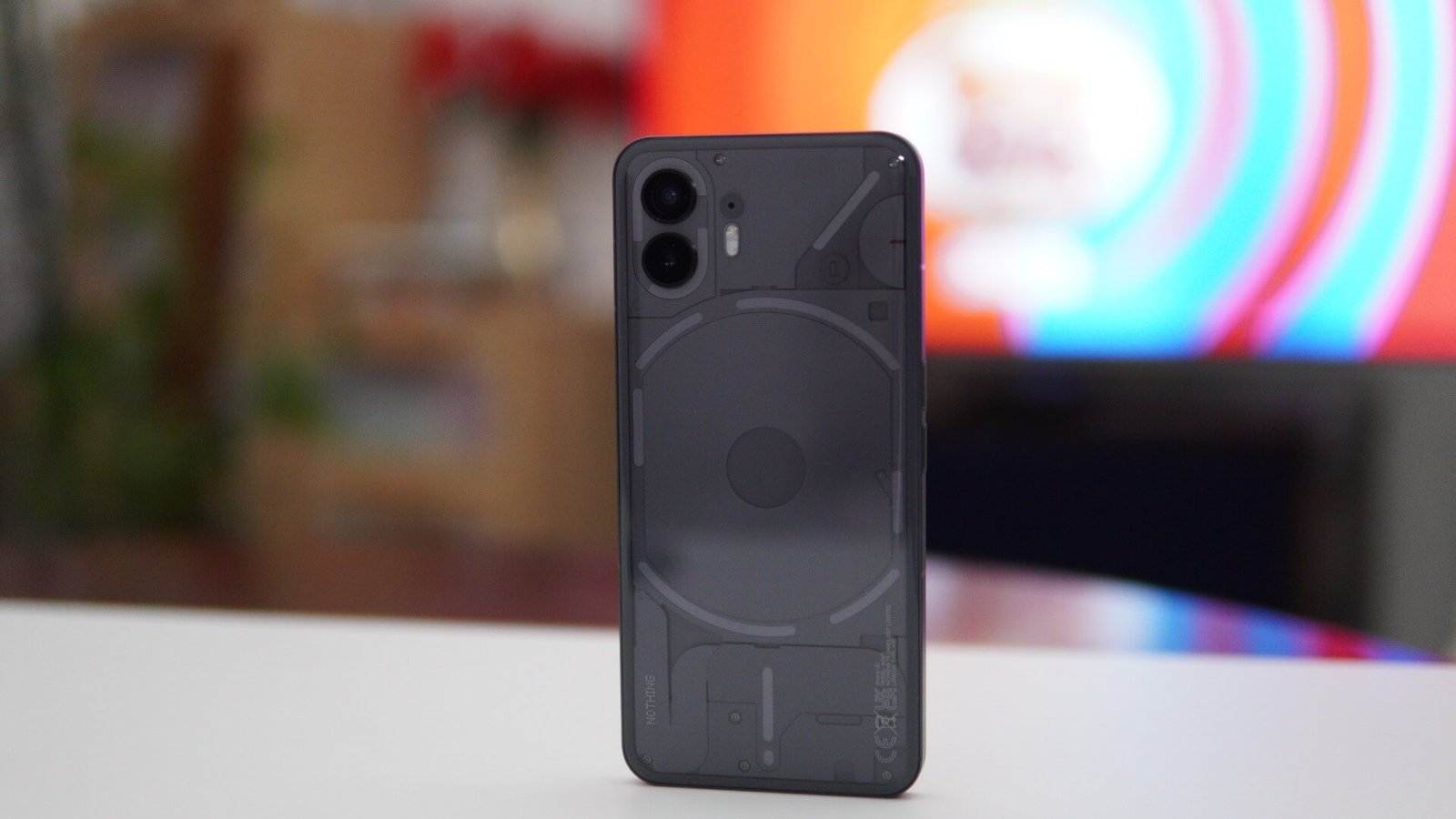 Fortunately, we had both the Nothing Phone (1) and Nothing Phone (2) to do a side-by-side design comparison. While both devices do come in white, the Nothing Phone (1) came in black, and the new Nothing Phone (2) in dark grey. Apart from the difference in the obvious color shades, we also noticed that the edges of the (2)’s rear panel are seamlessly curved. On the contrary, the (1)’s rear panel is fully flat. The Glyph LED positioning, the ports, and even the buttons appear to be the same for both generations. Even the rear-facing, protruding camera lens shares the same design. The rear panel is also protected with Corning Gorilla Glass.
Fortunately, we had both the Nothing Phone (1) and Nothing Phone (2) to do a side-by-side design comparison. While both devices do come in white, the Nothing Phone (1) came in black, and the new Nothing Phone (2) in dark grey. Apart from the difference in the obvious color shades, we also noticed that the edges of the (2)’s rear panel are seamlessly curved. On the contrary, the (1)’s rear panel is fully flat. The Glyph LED positioning, the ports, and even the buttons appear to be the same for both generations. Even the rear-facing, protruding camera lens shares the same design. The rear panel is also protected with Corning Gorilla Glass.
Speaking of which, Nothing has introduced the new and improved Glyph Interface for the (2). You can use each of the Glyphs for different functions of the smartphone, such as a countdown timer, battery charge indicator, volume percentage, custom notification for selected contacts, ringtones, and more. And with the Glyph Composer, you can create your own Glyph ringtones.
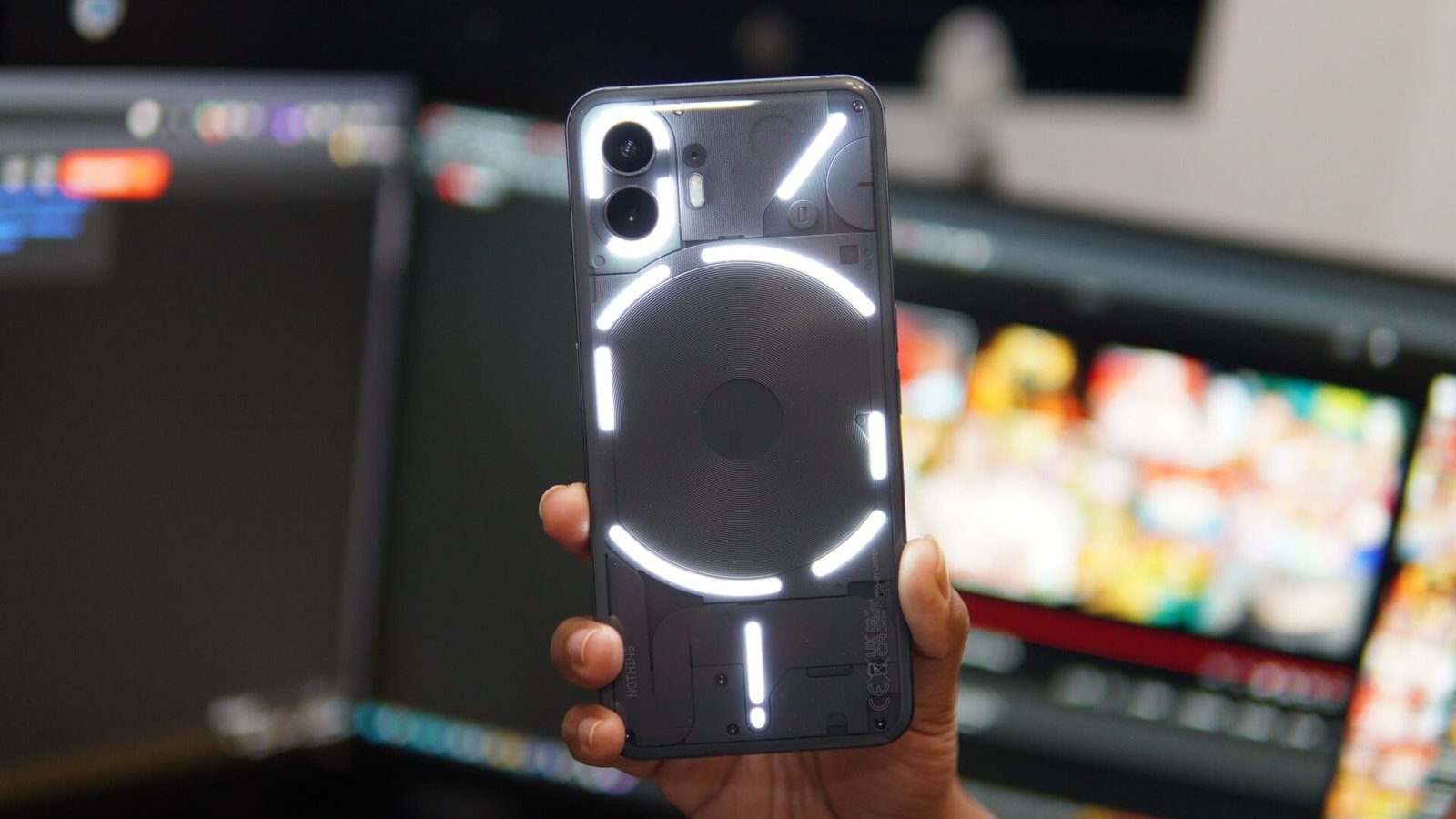 The volume rockers are located on the left side of the device, along with the power button on the right side. There are two mic holes on the top and bottom sides. The SIM card slot, speaker grill, and the USB-C port are located at the bottom.
The volume rockers are located on the left side of the device, along with the power button on the right side. There are two mic holes on the top and bottom sides. The SIM card slot, speaker grill, and the USB-C port are located at the bottom.
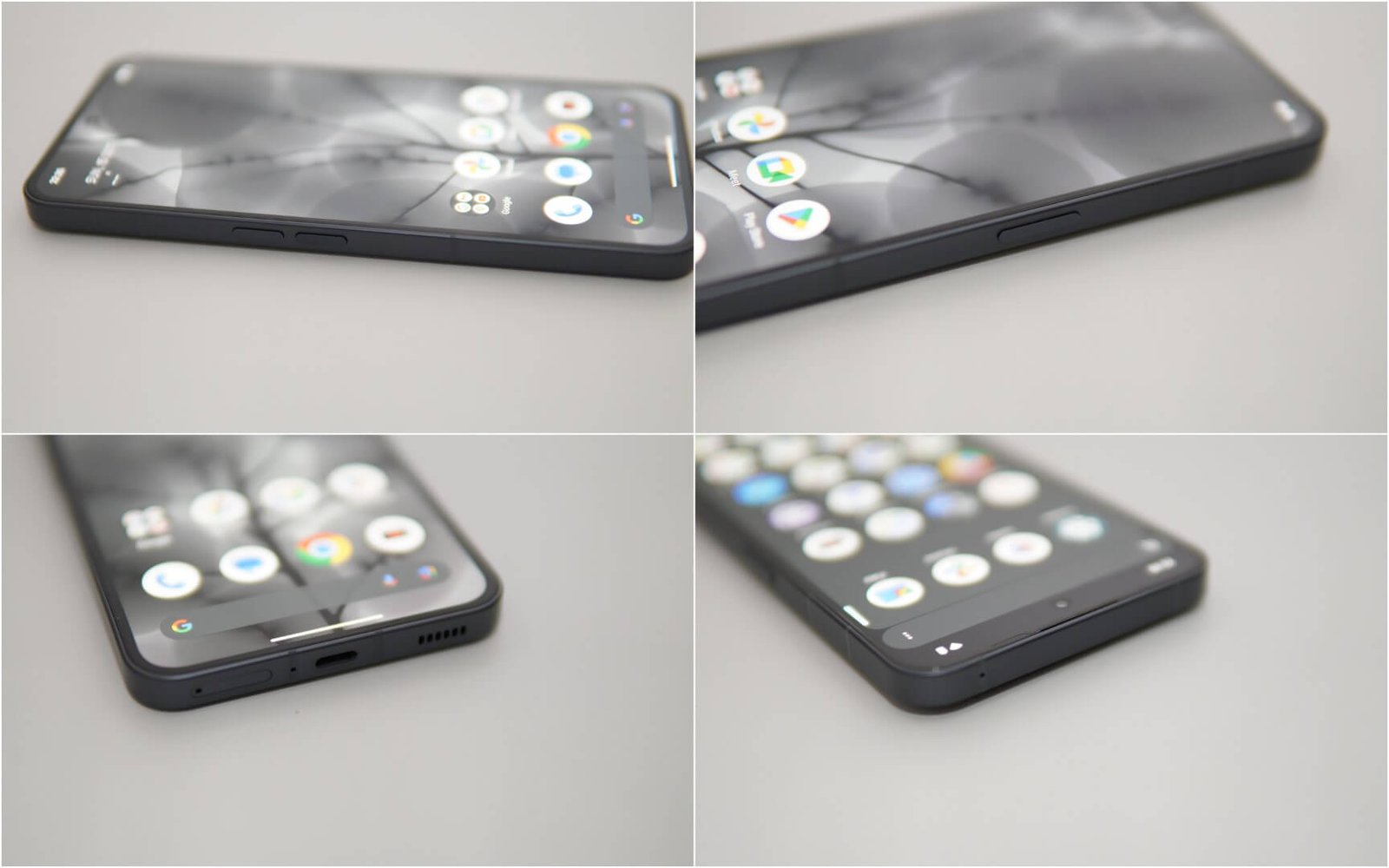 In the box, you get the Nothing Phone (2), a Nothing-branded USB-C to C cable, a safety information/warranty card, a SIM tray ejector tool, and a screen protector that is already pre-applied on the (2). The brand also mentions that the (2) features a 100% recycled aluminum frame, and 100% recycled tin and copper foil on the circuit boards. Even the packaging is 100% plastic-free, with 60% of the paper from recycled sources.
In the box, you get the Nothing Phone (2), a Nothing-branded USB-C to C cable, a safety information/warranty card, a SIM tray ejector tool, and a screen protector that is already pre-applied on the (2). The brand also mentions that the (2) features a 100% recycled aluminum frame, and 100% recycled tin and copper foil on the circuit boards. Even the packaging is 100% plastic-free, with 60% of the paper from recycled sources.
Performance
While both the Nothing Phone (1) and (2) have a lot of design features in common, the main difference is on the internal specification side of things. While it’s not the latest chipset in 2023, the Nothing Phone (2) is powered by the Snapdragon 8+ Gen1 SoC, which is a significant jump in performance as compared to the previous generation. The 8+ Gen1 was the flagship mobile chipset from Qualcomm in 2022 and still packs a punch. On the contrary, the original Nothing Phone (1) featured the mid-tier Snapdragon 778G+ 5G chipset with good performance, but not as powerful as the 8-series chips.
The 8+ Gen1 SoC also sports the integrated Adreno 730 GPU for mobile gaming with high-frametates. The Nothing Phone (2) comes in three configurations: 8GB RAM + 128GB memory, 12GB RAM + 256GB memory, and 12GB RAM + 512GB memory. The device runs on Nothing OS 2.0 (also available for the (1), and is based on Android 13. We ran some of the benchmarks, such as PCMark, GeekBench 6, Antutu v10, and 3DMark tests. Take a look at the scores below.
The device also features WiFi 6 and Bluetooth 5.3 for wireless connectivity. The Nothing Phone (2) also comes with a slightly larger battery with a capacity of 4700 mAh. The smartphone has support for 45W wired charging, 15W wireless charging, and a modest 5W reverse wireless charging capability. With our PCMark Work 3.0 battery test, the (2) was able to last from 100% charge to 19% for 14 hours and 13 minutes.
Camera
The Nothing Phone (2) also features similar camera specifications, and this includes a 50MP main shooter with f/1.9 as its aperture and another 50MP ultrawide snapper with f/2.2 as its aperture. These cameras are also able to fire up 4K videos up to 60fps. The brand also mentions that the cameras on the (2) work with an 18-bit Image Signal Processor (ISP) that is capable of capturing over 4000 times more optical data as compared to what the (1) was capable of. While the main shooters are similar, Nothing bumped the selfie camera with an impressive 32MP sensor with f/2.5 as its aperture. We have captured some daytime and nighttime shots with the main shooter, wide-angle sensor, and digital zoom. Take a look at the samples below.
Verdict
Nothing has once again proved that they can make unique smartphones with good performance and design. While the Nothing Phone (1) was impressive on its own, there was always the need for a high-end chipset, and that’s where the Nothing Phone (2) comes in. The device is powered by the Snapdragon 8+ Gen1 SoC which still packs impressive performance for a chipset that is only a year old. The design almost remains the same, with some slight improvements. The (2) also sports a 6.7-inch OLED panel with a slightly better screen resolution.
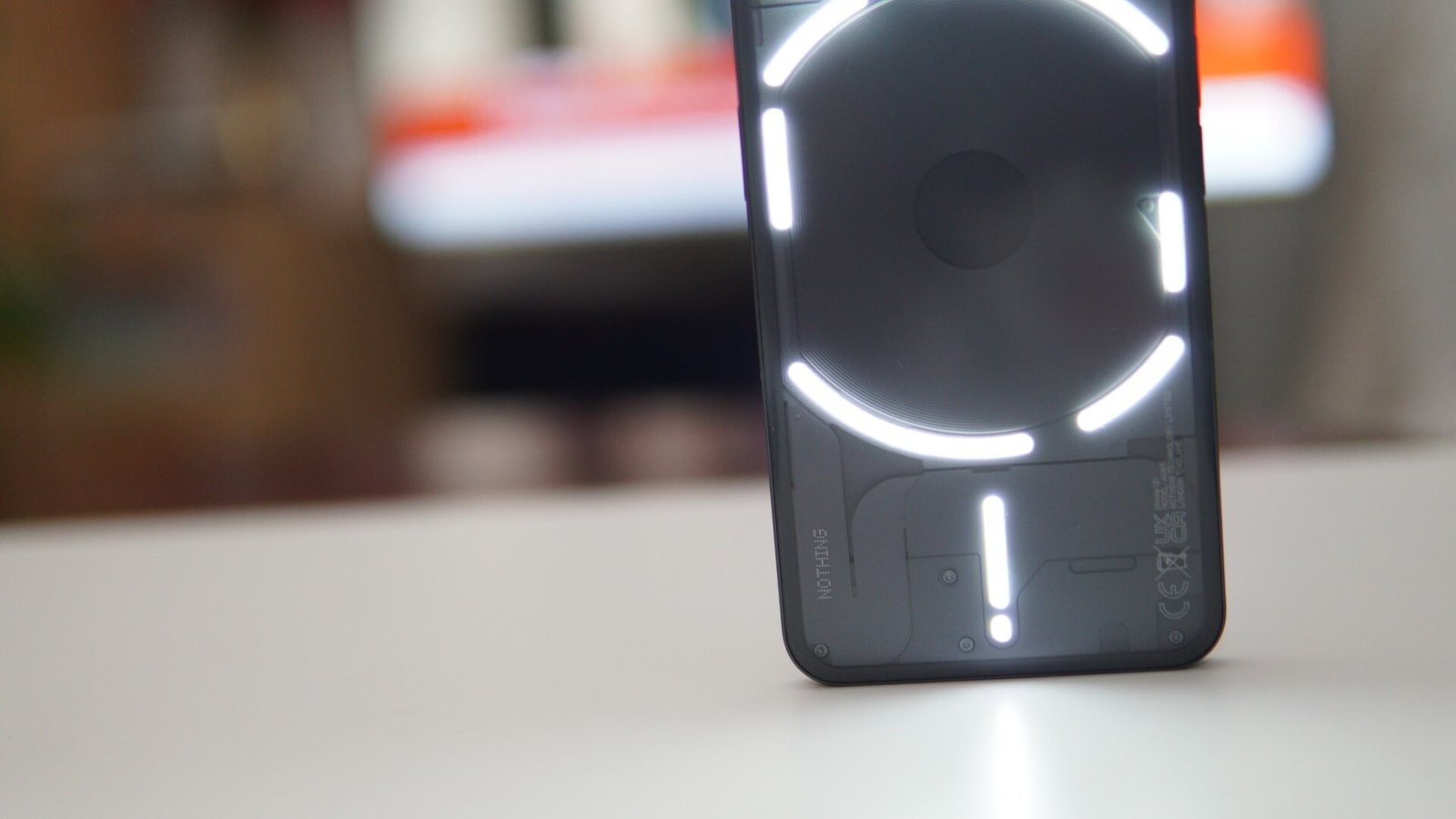 Nothing has also improved the Glyph Interface System, along with a composer that allows you to create your own Glyph ringtones. The 50MP dual cameras on the rear have improved image quality, along with 4K video recording up to 60fps. The selfie camera now houses a 32MP sensor. The device also features a 4700mAh battery with support for 45W wired charge, 15W for wireless charging, and 5W for reverse wireless charging capability. The device comes in three different storage options up to 512GB onboard storage and 12GB RAM, along with Nothing OS 2.0 and Android 13 for the software side of things.
Nothing has also improved the Glyph Interface System, along with a composer that allows you to create your own Glyph ringtones. The 50MP dual cameras on the rear have improved image quality, along with 4K video recording up to 60fps. The selfie camera now houses a 32MP sensor. The device also features a 4700mAh battery with support for 45W wired charge, 15W for wireless charging, and 5W for reverse wireless charging capability. The device comes in three different storage options up to 512GB onboard storage and 12GB RAM, along with Nothing OS 2.0 and Android 13 for the software side of things.



